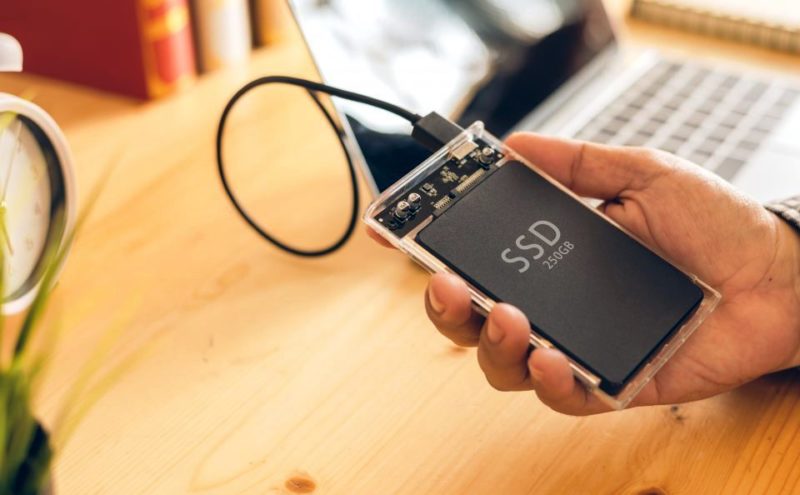One way of improving the performance of your laptop is changing the direct-attached storage from an HDD to an SSD. The HDD is usually the standard storage device in most personal computers, but thanks to advancing technology, the SSD guarantees faster and more reliable performance. An SSD can significantly improve the performance of your laptop in many ways.
How an SSD Improves Your Laptop Performance
Undoubtedly, you will notice a significant improvement in your laptop’s performance when you upgrade to an SSD. The SSD is ten times faster than an HDD, allowing you to access files and programs quickly. It also speeds up your laptop by providing an optimized memory configuration for your applications and usage.
Why You Should Install an SSD on Your Laptop
SSDs use non-volatile flash memory to store and access data and do not have any moving mechanical parts, which makes a considerable difference compared to an HDD. Apart from significantly improving your laptop’s performance, here is why you should install an SSD:
-
Speed
The most noticeable benefit of installing an SSD in your laptop is faster speeds, and the HDD cannot meet the booting and performance speed of an SSD. The SSD has an automatic performance, and each operation happens instantly, from opening applications and programs to saving files.
-
Easy to Multitask
You can expect your device to run multiple programs simultaneously without lagging, something hard disk drives often experience when multitasking. With an SSD, the laptop becomes more responsive and loads faster to all operations, from web browsing and games to media applications.
-
Energy – Efficient
An SSD will improve your laptop’s battery life since it will be more energy-efficient because it extends your battery life, and you can expect it to last longer on a single charge. That’s not all, an SSD lowers the operating temperatures, and your fan will work more efficiently because it doesn’t have moving parts.
-
Higher Survival Rates
With SSDs, laptop survival rates have risen, saving users a lot of money for bumps and accidents. A damaged hard drive can be costly to repair or replace, not to mention the cost of recovering data from it. SSDs provide extra shock and vibration protection and reliably retain your data for years.
-
Saves Time
The most significant benefit of upgrading your SSD is saving time. While it may not seem time-consuming when waiting for your HDD to run applications, load programs, and save items, SSDs do offer significant time savings in the long run.
What are the Drawbacks of an SSD?
The major drawback of an SSD is that it is more costly than an HDD, but the benefits outweigh the price of your laptop’s performance. It is worth noting that SSD technology is advancing, and you can expect even better speeds and longevity.
Can You Use an SSD as a Primary Drive?
You can use an SSD as your primary drive, especially if you use only a little space. Upgrading to an SSD promises higher stability and faster reading and writing speeds. In contrast to traditional HDDs, SSDs have a smaller storage capacity, and you can combine them with a larger HDD for even higher performance.
In most cases, SSDs are used as boot drives, while HDDs with a larger capacity for storing applications, documents, and personal files. To accomplish this, transfer the Windows system to SSD from the HDD and select SSD as the boot drive.
The Bottom Line: You Should Put an SSD on Your Laptop
A solid-state hard drive is an excellent option for your laptop because it speeds up loading times, data access, and performance for a better experience. Putting an SSD on your laptop is suitable if you want to run advanced programs and operating systems that you will use frequently.

